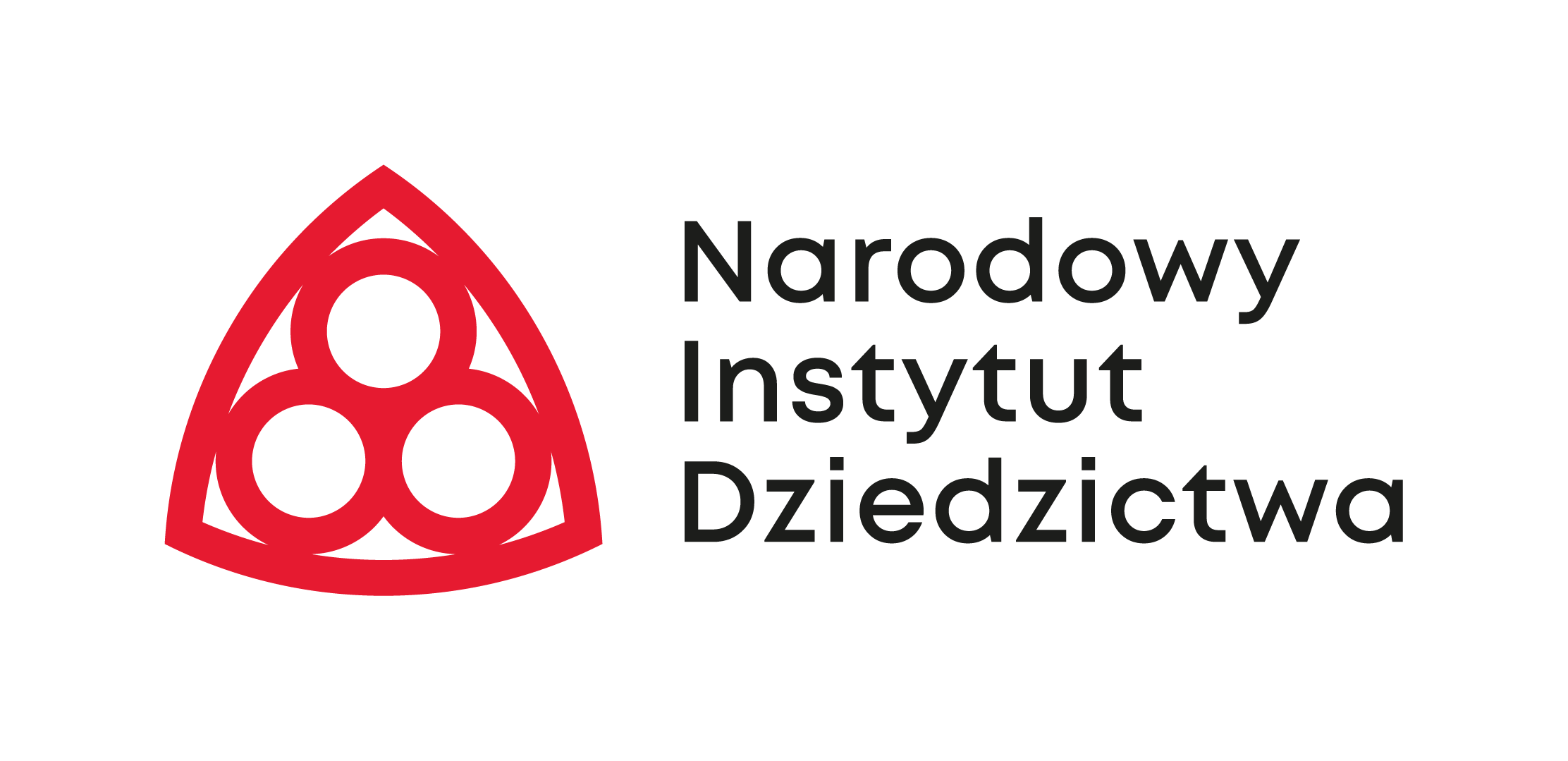RADRUŻ
Tserkva of Saint Paraskeva
Currently a branch of the Museum of Eastern Borderlands (Muzeum Kresów) in Lubaczów
(Poland, Subcarpathian Province, Lubaczów District)
The church is one of the oldest and best-preserved wooden churches of the Eastern Rite in Poland.
It was erected at the end of the 16th century, apparently founded by Jan Płaza, the district governor of Lubaczów, in 1583. The church is of mortise and tenon (log) construction, tripartite, with a larger and higher nave covered with a tent single-pitch roof and a perfect structure of a quadrilateral mortise and tenon (log) dome with a set of bracing. Above the sanctuary and the “babiniec” (matroneum), the roofs and mortise and tenon (log) vaults are gabled. Around the temple, there are prominent eaves supported by log beams and a self-contained system of posts. The interior is decorated with mural paintings from the mid-17th century, attributed to the Potylic centre, whose works are considered one of the most exciting achievements of Eastern Church art on the Polish-Ruthenian borderland. The decoration is complemented by the iconostasis – an interesting example of icon painting from several development phases – from the 1740s to the mid-18th century, side altars and other valuable and unique pieces of equipment.
While remaining faithful to the Eastern building tradition in shaping the spatial layout, the structural solutions applied, or the ornamentation, the church in Radruż reflects links with the achievements in this field of Western European late Gothic carpentry. In addition to its religious function, it also had a defensive role. It fits picturesquely into the surrounding landscape with the monumental belfry, the mortuary (the so-called deacon’s house), the stone wall, and the cemeteries.
Logotypy NID
Pobierz znaki promocyjne Narodowego Instytutu Dziedzictwa
Księgarnia NID
Sprawdź nasze produkty w księgarni. Zamawiaj bez wychodzenia z domu już teraz!
Platforma szkoleniowa
Zapisz się na naszą platformę e-szkoleniową i dowiedz się jak zarządzać dziedzictwem i wykorzystać jego potencjał.
